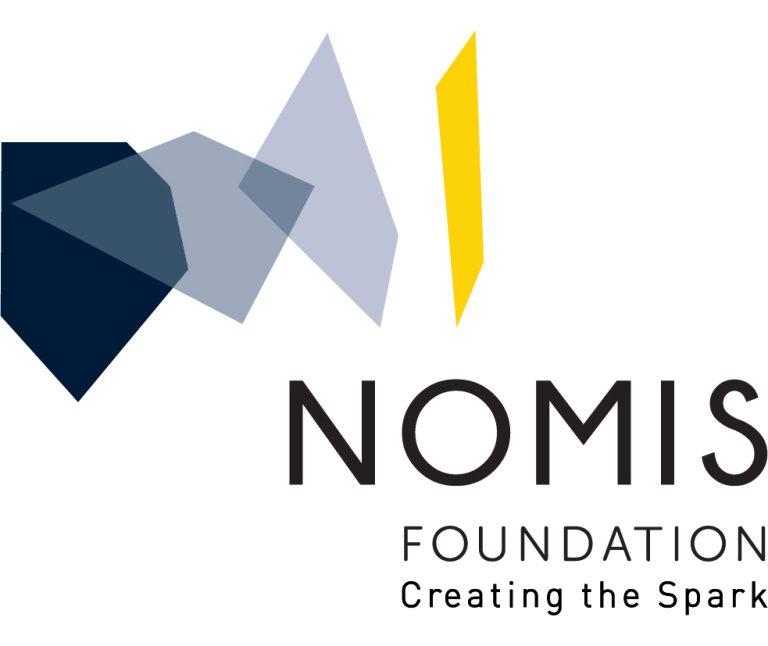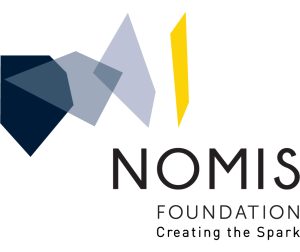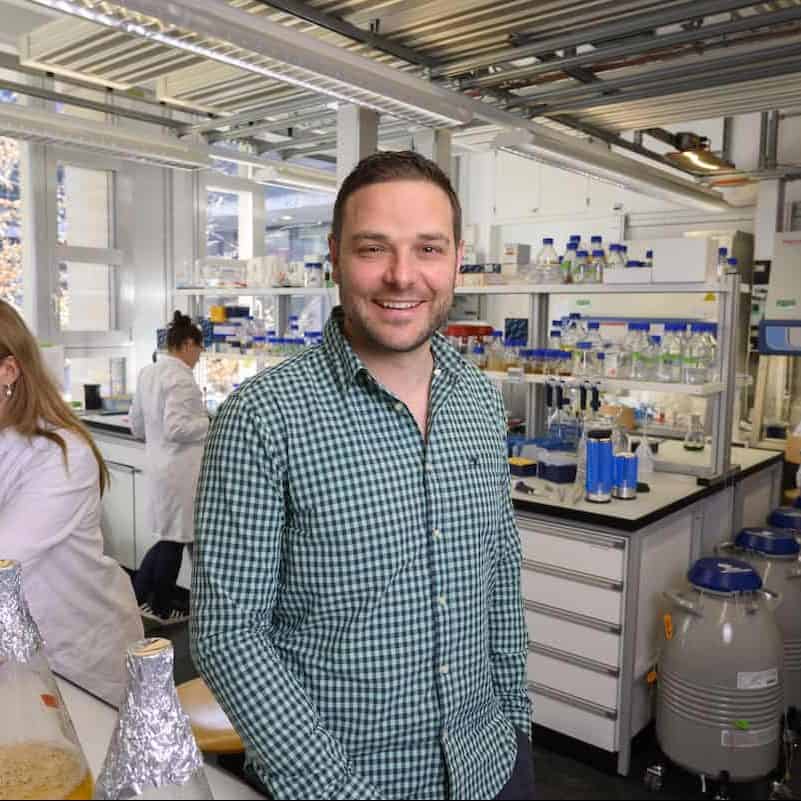Proteins are complex molecules that play a key role in most biological processes. Understanding how these molecules function and interact with other compounds can enable us to better understand diseases and develop new drugs to treat diseases. But conventional electron microscopes cannot be used to examine the molecules, as the microscopes themselves cause changes in the molecular structure that affect the validity of the measurements.
Enter cryo-electron microscopy (cryo-EM). Used alongside traditional methods for researching complex biological processes, this Nobel Prize-winning technique helps experts understand how diseases develop at the molecular level. By rapidly freezing biomolecules mid-movement at cryogenic temperatures, scientists can visualize processes they thus far have been unable to see, studying fine cellular structures, viruses and protein complexes at atomic resolution.
To strengthen and expand its leading position in cryo-EM and its applications in the field of structural biology and cellular biochemistry, ETH Zurich, a leading Swiss science and technology university, is obtaining a new state-of-the-art cryo-EM device, modernizing its existing equipment and establishing the Professorship of Cryo-Electron Microscopy.
Funded by the NOMIS Foundation, in cooperation with the Monique Dornonville de la Cour Foundation, the cryo-EM professorship is an independent professorship with its own research group in the Department of Biology at ETH. At the same time, the role is integrated into the research activities of the department and encourages new collaborations and interdisciplinary projects. In particular, the professorship strengthens the link between structural biology and personalized medicine, enables development of new methods and test protocols for cryo-electron microscopy, and implements research goals.



